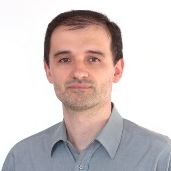Green Separation and Purification Processes
A special issue of Processes (ISSN 2227-9717). This special issue belongs to the section "Separation Processes".
Deadline for manuscript submissions: 20 December 2024 | Viewed by 7044
Special Issue Editors
Interests: chemical reaction engineering; biorefinery and sustainability; chemical engineering education
Interests: transport properties (mainly diffusion coefficients in liquids and supercritical fluids; phenomenological modeling; molecular dynamics simulations); separation processes (adsorption/simulated moving bed; ion exchange; membranes; supercritical fluid extraction); synthesis and characterization of microporous materials for catalysis and separation processes
Special Issues, Collections and Topics in MDPI journals
Special Issue Information
Dear Colleagues,
The road toward a sustainable chemical industry depends on the development and application of processes, solvents and materials with reduced environmental, health, and safety hazards. Hence, research is not only focused on the search for novel active compounds and products from renewable resources, but also on the optimization of their production processes, using non-conventional technologies and solvents, synthetic methodologies, solid-phase chemistry, and integrated reaction and purification of products.
This Special Issue on “Green Separation and Purification Processes” seeks to cover the latest developments in environmentally friendly separation processes and technologies. Topics include, but are not limited to:
- Applications of green solvents;
- Green extraction and purification techniques;
- Combined and hybrid reaction/purification processes;
- Green sampling and sample preparation in analytical chemistry.
Under the scope of these major topics are included, in more detail, bio-based molecular solvents and processes; supramolecular solvents, (immobilized) ionic liquids, deep eutectic solvents, switchable solvents, supercritical fluids, fluorinated solvents; membrane extraction; microwave, ultrasound and pulsed electric field assisted extraction; supercritical fluid extraction and processing; preparative chromatography processes; applications of nanostructures in separation; high-pressure processing and homogenization; separations with superheated water (or water as a solvent), etc.
Prof. Dr. Inês Portugal
Prof. Dr. Carlos Manuel Silva
Dr. José Aniceto
Guest Editors
Manuscript Submission Information
Manuscripts should be submitted online at www.mdpi.com by registering and logging in to this website. Once you are registered, click here to go to the submission form. Manuscripts can be submitted until the deadline. All submissions that pass pre-check are peer-reviewed. Accepted papers will be published continuously in the journal (as soon as accepted) and will be listed together on the special issue website. Research articles, review articles as well as short communications are invited. For planned papers, a title and short abstract (about 100 words) can be sent to the Editorial Office for announcement on this website.
Submitted manuscripts should not have been published previously, nor be under consideration for publication elsewhere (except conference proceedings papers). All manuscripts are thoroughly refereed through a single-blind peer-review process. A guide for authors and other relevant information for submission of manuscripts is available on the Instructions for Authors page. Processes is an international peer-reviewed open access monthly journal published by MDPI.
Please visit the Instructions for Authors page before submitting a manuscript. The Article Processing Charge (APC) for publication in this open access journal is 2400 CHF (Swiss Francs). Submitted papers should be well formatted and use good English. Authors may use MDPI's English editing service prior to publication or during author revisions.
Keywords
- green processes
- bioactive ingredients







